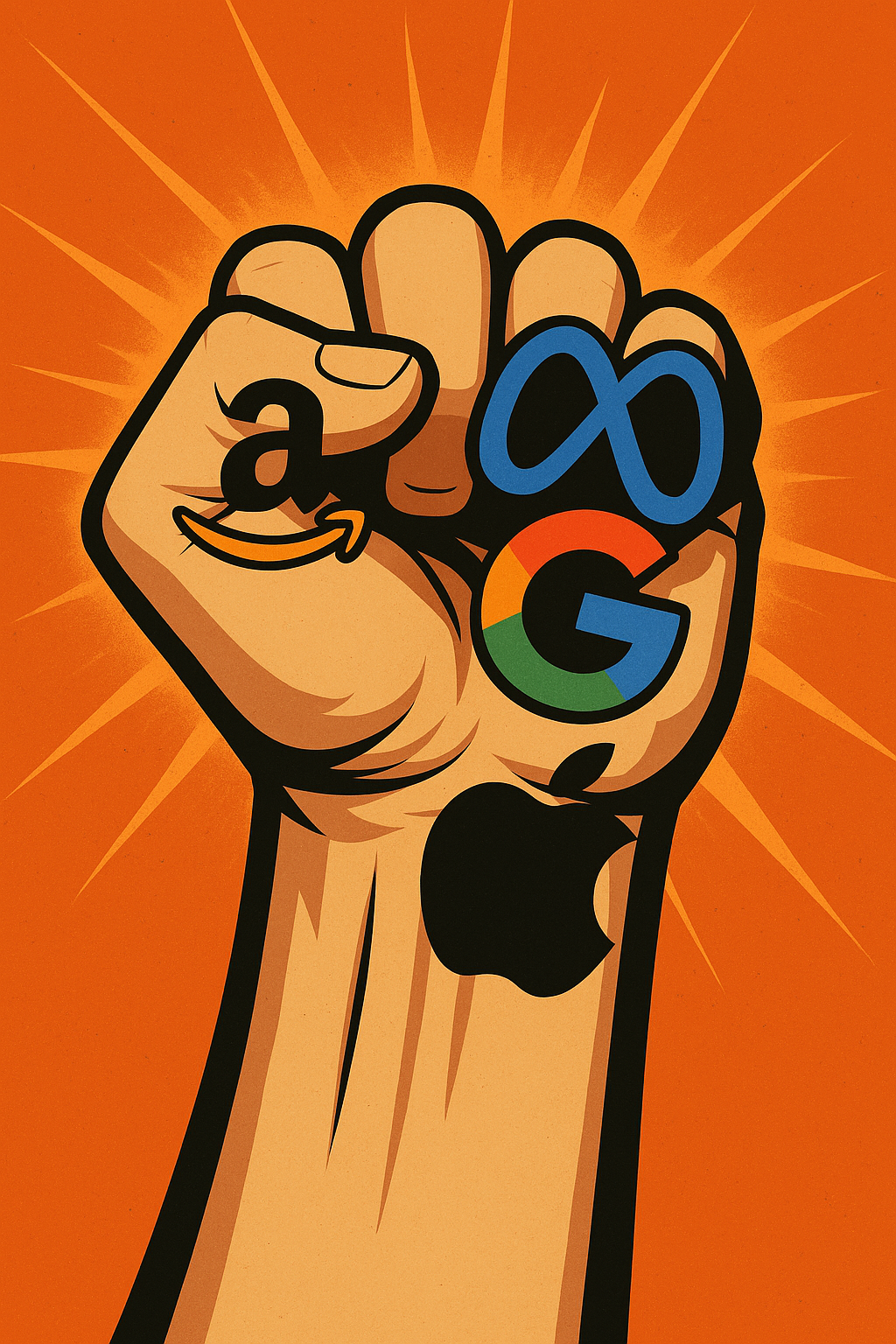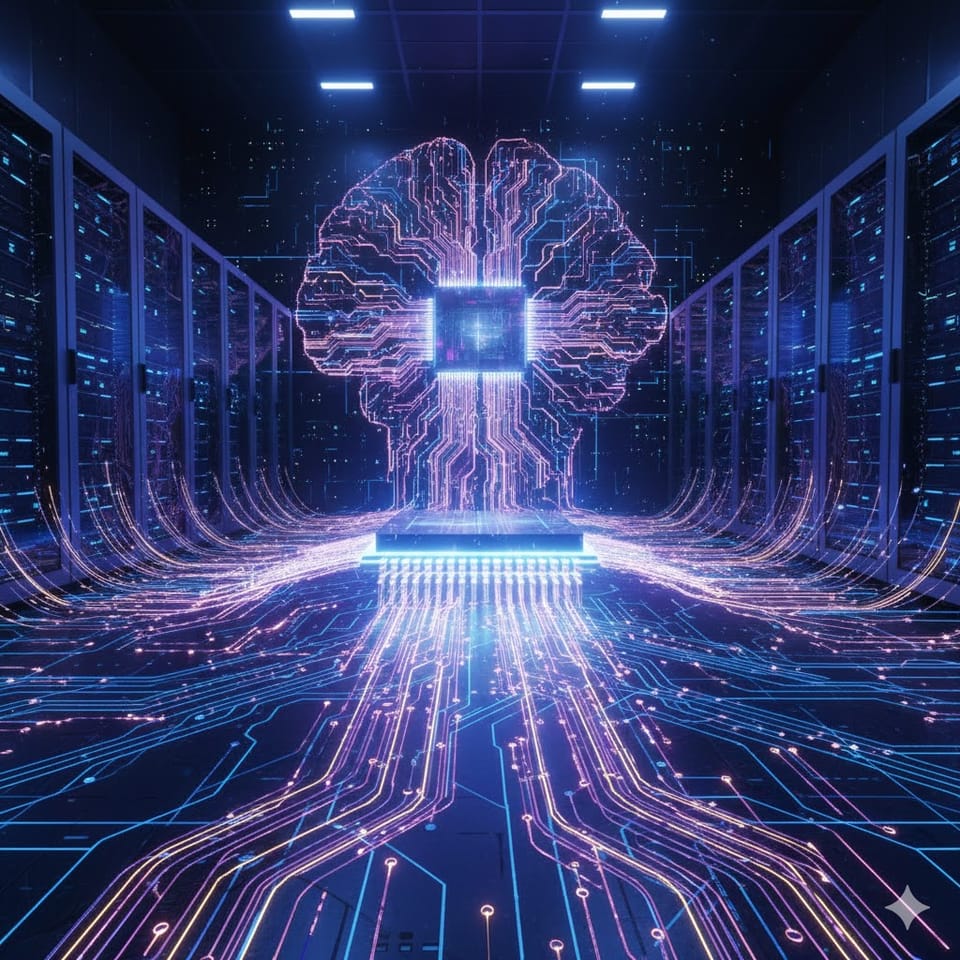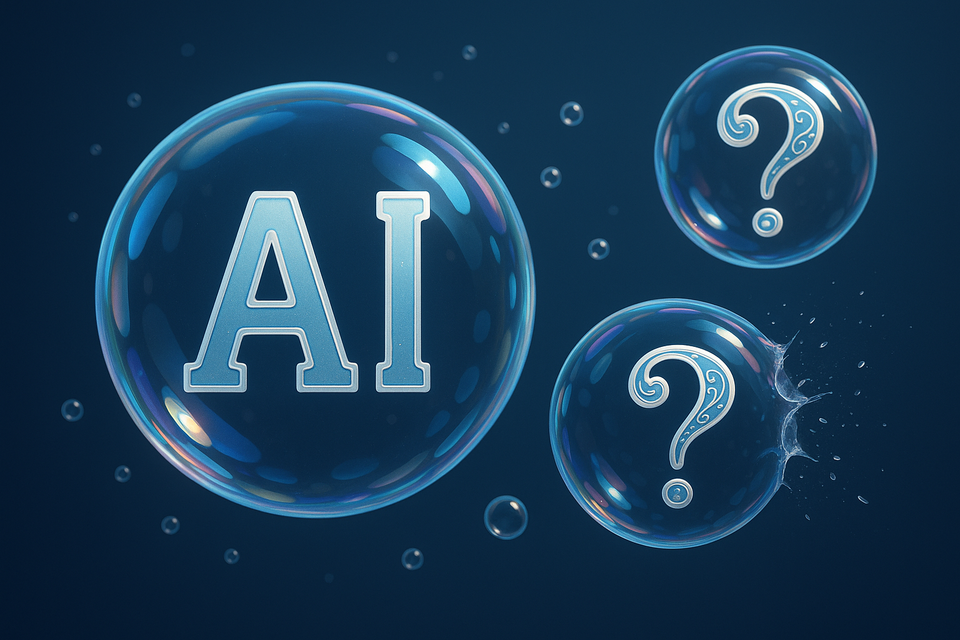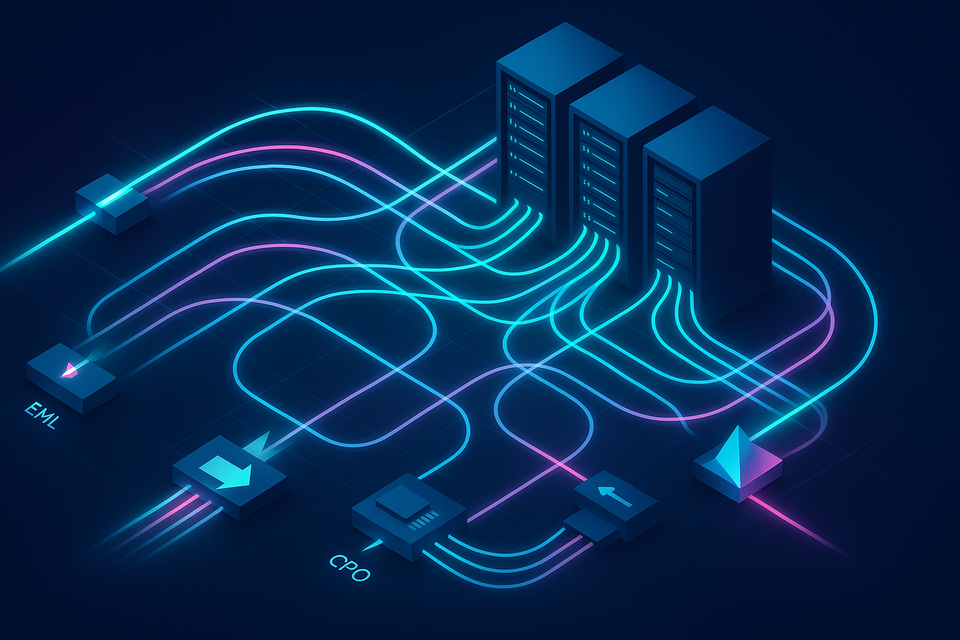Notes: Day 2 Tech (Pt.2)

Summary
- Big tech has entered a “Day 2” phase, prioritizing margin expansion, efficiency, and capital returns over growth-at-all-costs.
- Rising antitrust pressure and overlapping expansions have intensified competition, forcing continuous innovation even at scale.
- Companies are monetizing more aggressively by trading off user and employee welfare, leading to record EBITDA and flatter orgs.
- AI is accelerating productivity and revenue across cloud and ads, enabling further cost-cutting and operational leverage.
- Massive buybacks and dividends now rival fund inflows, anchoring valuations and reinforcing tech giants’ dominance in equity markets.
Note: Our coverage plan is as follows:
DDOG, Rubrik, Shift-left (Pt.3 of Cloud Security), PANW, FTNT, S, CRWD, and Day 2 Tech (Pt.3) which will analyze the competitive positions of the big tech names in the future era of AI.
Let us know if you have other ideas or suggestions.
Click here to see the visualization dashboard of certain financial metrics such as revenue, EBITDA, SBC, and payout ratios for the 6 mega cap stocks that we'll cover in this Part 2.
Antitrust and Pressures
Beyond internal dynamics, one crucial difference between today’s tech giants and the “nifty fifties” of the past is the sheer scale of antitrust and competitive pressures they now face. Tech giants are under the microscope — policymakers and regulators are always scrutinizing their entrenched market power. This scrutiny forces them to innovate and expand into new, adjacent markets. But here’s the catch: there aren’t that many exclusive adjacencies left for these giants at such massive scale. So, inevitably, they end up expanding into each other’s turf. That, in turn, ramps up competition and puts pressure on existing players, sometimes threatening their core businesses.
Contrast this with the CPU market. For a long time, Intel and AMD were almost a closed club — two giants with little antitrust heat or meaningful competition from newcomers. Before 2020 and before AAPL (AAPL) kicked off the Arm CPU wave and broke the duopoly, Intel and AMD were essentially trading places in a slow motion cycle. When Intel dominated, it often got complacent, innovation slowed, and consumers suffered from lackluster year-over-year improvements. Eventually, AMD — after years in the wilderness — would recognize how far behind it had fallen, ramp up its R&D, and claw its way back, sparking a new cycle. These leadership handoffs happened glacially, every 7–10 years or so. During the dominant phase of either company, consumers saw less innovation and less bang for their buck until the leader was finally forced to respond to new competition with better tech and lower prices.
Today’s cloud landscape is far more dynamic than past tech markets. When Amazon (AMZN) shows signs of monopolistic behavior, rivals like MSFT (MSFT) respond swiftly — cloud is now a central growth engine for MSFT, not just an extension of Windows and Office. A clear example is Project JEDI, the Pentagon’s $10bn cloud contract, which initially seemed destined for AWS but instead went to MSFT amid intense legal and political challenges. The legal chaos — driven largely by AWS’s protest — ultimately led to the contract being scrapped in 2021, underscoring just how difficult it is for any one player to dominate cloud unchallenged.
And AWS can’t just sit on the throne for 3–5 years like INTC once did; the competition is always at the gate. MSFT leverages its Windows and Office customer base, Google (GOOG) comes from G Suite and tech clients, and Oracle (ORCL) taps database and legacy enterprise customers. These are not static, duopolistic markets (maybe iOS vs. Android is a rare exception).
And even though there are still technical moats and scale advantages, all these companies are now big enough to absorb the cost of building global cloud infrastructure and launching rival products in a matter of quarters, not years. So AWS, to stay ahead, is under constant pressure to reinvent itself — improving performance-per-dollar and rolling out new features nonstop.
When it comes to antitrust, MSFT has arguably felt the heat the longest. The first big blow came from its bundling of Internet Explorer (IE) with Windows, offering IE for free and effectively flattening Netscape, which had once been the most popular paid browser. After that, regulators zeroed in on MSFT’s dominance in office productivity software, and then, of course, Windows itself. For a while, it looked like MSFT was on the verge of a forced breakup, just like Standard Oil decades earlier. Although the company ultimately dodged that bullet, the long slog of antitrust scrutiny left a mark: from 2000 to 2013, MSFT went through a notorious period of stagnation and lackluster shareholder returns. It took the wake-up call of AAPL leapfrogging MSFT with the mobile revolution, plus AMZN outpacing it in cloud, for MSFT to realize it was falling behind. Under Satya Nadella’s leadership, MSFT started a comeback, driving a new cycle of innovation and growth.
As for AAPL, it spent its early years constantly threatened by MSFT — right up until the iPod launched in the early 2000s, though that was still a niche market for AAPL. In bigger arenas — smartphones, tablets, laptops, wearables, and software subscriptions — AAPL has always faced intense competition on every front. What’s especially interesting is how AAPL’s long-held control over things like the Lightning port and App Store has been chipped away by regulators, especially in the EU. Say what you will about European regulation, but forcing AAPL to switch to the standard USB Type-C port for iPhone 15 and open up to third-party App Stores are probably among the rare EU moves that genuinely benefited consumers. Thanks to EU pressure, AAPL’s grip on its ecosystem has loosened, at least a little.
Still, compared to its peers, AAPL remains the most monopolistic when it comes to hardware, and perhaps not coincidentally, it’s now the least innovative, the slowest-growing, and the first among the tech giants to hit a high payout ratio.
For GOOG, monopoly scrutiny ramped up around its search business in the mid-2010s, but, unlike the regulatory heat faced by MSFT or AAPL, it never really materialized into an existential threat — at least not back then. More recently, however, antitrust concerns have shifted focus to Chrome and Android. GOOG’s meticulously crafted policies around these platforms have further locked in Google Search’s dominance and raised the barriers for competitors like DuckDuckGo.
What’s even more interesting is the recent surge in LLMs, which now threaten to disrupt Google Search in ways that are starting to cause real panic inside GOOG — a kind of existential dread reminiscent of what MSFT felt in the early 2010s when mobile and cloud started eating its lunch. For the first time in years (maybe not since the early 2010s “social war” with META Platforms (META), or even the early 2000s search engine battles), GOOG is feeling intense pressure. This has kicked its innovation engine into higher gear, as the company scrambles to renovate a house that had long been content with the status quo. Unlike MSFT, though, GOOG hasn’t undergone a shakeup at the top — no new CEO, no dramatic reboots — so it remains to be seen how well it can adapt.
As for AMZN, its e-commerce business has always been fiercely competitive, thanks to the decentralized nature of the U.S. market — very different from the situation in China. American consumers like to shop at a wide range of independent venues powered by Shopify, Wix, WooCommerce, and Squarespace. The recent rise of TikTok Shop and SHEIN has only intensified the competition and price wars. This competitive landscape means AMZN is constantly forced to execute better and faster, never really able to rest on its laurels as the market leader.
That said, AMZN does enjoy a kind of monopoly in e-commerce logistics, thanks to its Fulfillment by Amazon (FBA) solution, which allows sellers to manage warehousing and fulfillment more efficiently. This lets AMZN capture value even when the sale happens through a third-party platform like Shopify, since the underlying logistics are still powered by Amazon.
When it comes to AWS, as discussed above, leadership is always on the line. The top spot can evaporate quickly if AWS fails to stay ahead on innovation and value.
With respect to META, serious antitrust scrutiny didn’t really heat up until the late 2010s — especially after Hillary Clinton’s loss in the 2016 Presidential election put the spotlight on social media’s influence. Before that, META had been steadily acquiring competitors — Instagram and WhatsApp being the big wins — to shore up its social media monopoly. That strategy worked well at first, but the rise of TikTok threw a wrench in those plans. Between 2015 and 2021, META enjoyed a comfortable monopoly, light competition, and a relatively low-pressure environment. But as both competitive and regulatory pressures ramped up, META was forced to execute better and innovate faster. This led to early, bold moves: investing in GPU data centers, pushing deep learning recommendation models (DLRM), and jumping into short-form video before the AI hype really took off with ChatGPT. META’s early pivot paid off.




